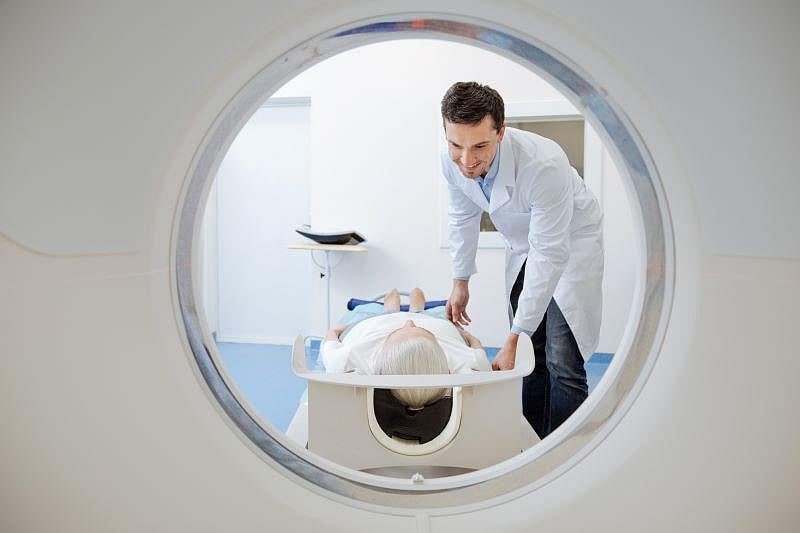(330) 876-1228
8507 Main StreetKinsman, OH 44428
(330) 876-1229

U.S. hospitals are running low on contrast dye injected into patients undergoing enhanced X-rays, CT scans and MRIs.
The fluid, which makes the routine but potentially life-saving scans readable, helps doctors identify clots in the heart and brain. The shortage is expected to last until at least June 30, the American Hospital Association (AHA) says.
It's a result of COVID-19 pandemic-related factory closures in Shanghai, China, where most of the world's supply is made, according to CBS News.
GE Healthcare is the main U.S. supplier of contrast fluid, called Omnipaque.
The AHA has asked the company for more information on the shortage, saying hospitals rely on a consistent supply to diagnose and treat a wide range of patients, including those with life-threatening conditions.
"It is too easy for us to take for granted the readily available supply of something that is so important to our patients and our radiologic practices until it's gone," Dr. Thomas Grist said in a news release from the Radiological Society of North America. He's the author on a new report on the issue published online May 19 in Radiology.
"We need to commit to changing the supply chain so that a single event in a faraway country does not put us in this predicament again," said Grist, who is chair of the department of radiology at the University of Wisconsin School of Medicine and Public Health in Madison. "We owe it to our patients who trust us with their lives and well-being every day of the year."
The dye is being "aggressively" rationed at the University of Alabama at Birmingham Health System and some elective imaging procedures are being delayed.
"We need to make sure we have IV contrast available for the patients in critical need," health system CEO Dr. Selwyn Vickers told CBS News.
The health system's supply of dye will be reserved for "life-or-death matters," he said.
The University of Kansas Health System's use of the dye is being limited to critically ill patients, according to Dr. Phil Johnson, chief of radiology.
"We had to triage and limit the use of contrast dye to only critically ill patients that had to have contrast dye either to establish a diagnosis, or to guide a life-saving or a limb-sparing treatment," he told CBS News.
More information
The American Hospital Association has more about the shortage of contrast dye.
SOURCES: CBS News; Radiological Society of North America, news release, May 19, 2022; University of Alabama at Birmingham, news release, May 7, 2022
